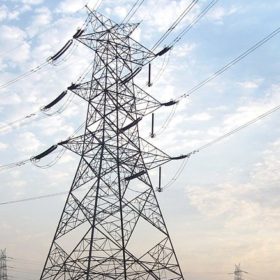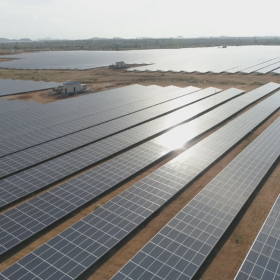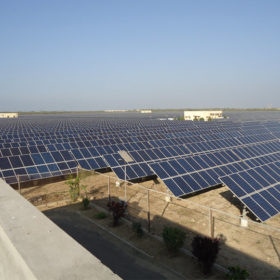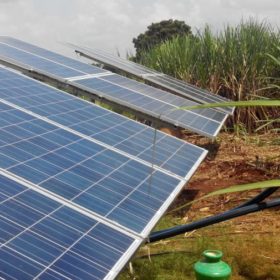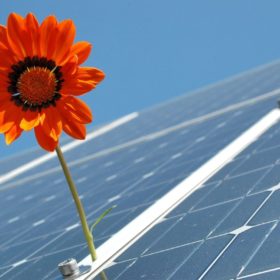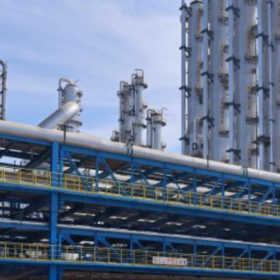Uttar Pradesh set for 2 GW ‘ultra-mega’ renewable energy park
The state cabinet has approved a 74:26 joint venture proposal by publicly-owned hydropower company THDC India and the Uttar Pradesh New and Renewable Energy Development Agency for the ambitious project.
Transmission charges waiver to renewables may be extended beyond 2022
Solar and wind projects commissioned beyond the year 2022—at least till mid of 2023—may be eligible for interstate transmission charges waiver on the electricity generated.
Mobile solar pumping system offers pay-as-you-go solution for farmers
Researchers have simulated a cart-mounted solar pump which they say would mean farmers in off-grid areas would be able to irrigate fields by paying only for the solar electricity used.
Indian Railways tenders 400 MW of grid-connected solar
Bidders have until September 16 to pitch for generation capacity which can be installed on vacant land owned by the rail company nationwide.
Two-week bidding extension for SCCL’s 81 MW solar
Developers now have 14 more days to submit bids for 34 MW (AC) ground based, 32 MW (AC) over-burden dump based and 15 MW (AC) floating solar plants at Singareni Collieries Company Limited (SCCL) sites in Telangana state.
Tata Power to develop 120 MW solar project in Gujarat
The integrated power producer’s renewable capacity will now swell to 3,457 MW. Of this, 2,637 MW (932 MW wind and 1705 MW solar) is operational and 820 MW solar (including the latest 120 MW won from Gujarat Urja Vikas Nigam Limited) under implementation.
SECI tenders 10 MW grid-connected solar in Rajasthan
Tariff ceiling is fixed at Rs 3.20/kWh for the ground-mounted projects that are to be set up on build-own-operate basis. July 24 is the last date to bid.
Andhra Pradesh set for 10 GW of agricultural solar
The state—which commissioned an aggregate 3530.74 MW solar capacity as of May 31, 2020—will set up the new plants to ensure nine hours of free power supply to the agriculture sector.
Bringing back India’s solar sector to the front foot in 2021
The ‘175 GW by 2022’ renewable energy target seems unachievable, necessitating the benchmark be moved to ‘450 GW by 2030’ instead. But even that will require the sector to move back to the front foot from 2021.
Agrivoltaics works better with leafy greens, root crops
U.S. researchers have created a new model to assess the overlap between solar potential and underlying land use. The areas with the largest potential are the western United States, southern Africa, and the Middle East. The researchers concluded that croplands, grasslands, and wetlands are the top three land classes for PV projects linked to agricultural activities, while barren terrain, traditionally prioritized for solar PV system installation, ranked fifth.

